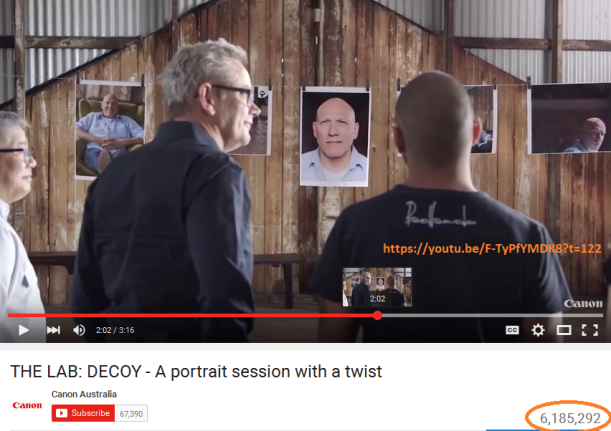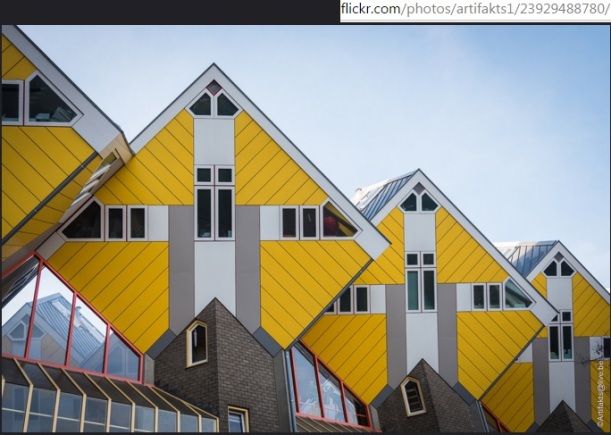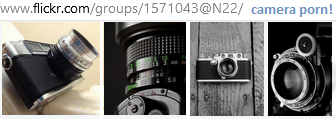Suppose that there is water seeping into the basement but to while away the time before help arrives, there is the daily selection at flickr.com/explore to browse. Sticking to the daily routine, in spite of the household mess, is a source of some comfort. But this contrast of primary needs (food and shelter, safety and freedom from distress) and the hunt for beauty seems so very stark. This morning it seems to be a rare thing indeed to be browsing until finding a composition that speaks to me, or discovering the light that enchants me, or the location that catches my interest. But then I remember: the need for food and a secure, happy place to live are only stepping stones in Abraham Maslow’s hierarchy of needs in which there are things that bring wider and deeper meaning; for example, the search for beauty or appetite for giving and receiving respect. In other words, browsing pictures or galleries of visual art and watching performing art really do give value to one’s life; meaning to one’s growing awareness and abilities to connect new experiences to wider constellations of patterns and relationships. Whether it comes through a lens, at the end of a pencil, or off a violin’s horsehair bow, art does matter – both to produce and to respond to. Hurrah for wonder, even when water is rising in one’s house, or the world is ravaged by rising consumption of goods and energy.
Monthly Archives: January 2016
Context – 6 photographers make 6 different portraits
Experiment: each photographer was given a different backstory about the person coming in for a portrait. Results varied widely when told the subject was fisherman, self-made millionaire, parolee, beach lifeguard, psychic, and so on.
Perhaps the same contextual framing and predisposition affects documentary projects, archival work, ethnographic field studies, or transposing a biographical sketch from one language to another for readers of a different culture or era. In other words, if the lens can stand for a perceptual grasp of a subject, then the same assumptions that these photographers baked into their choice of composition and lighting and shutter release also may reveal how one goes about engaging with the world in general: we prejudge people and settings, we view the world as half-empty instead of half-full, for example; or at the time of middle age we feel that so many opportunities remain, rather than feeling that so few days are left before extinction.
And while this portrait experiment misled the photographers who were doing their very best creative work to interpret the man, based on the sparse backstory provided, the end result of this decoy experiment powerfully demonstrates to journalists, archaeologists and other scientists (predisposed with the working theories or hypotheses they bake into their research design and deployment of available methods), philosophers and novelists, as well as social observers of all stripes that assumptions and prior knowledge frame one’s boundaries and the placement of one’s subject within that context.
By extension the frame we paint for our selves (presentation of self; self-image; concept of self) is colored by the assumptions we adopt, discover, aspire to, or have been given by others we know and have been labeled by society more generally.
see the experiment, https://youtu.be/F-TyPfYMDK8 or jump to the time mark showing the resulting portraits
Blurb: A photograph is shaped more by the person behind the camera than by what’s in front of it. To prove this we invited six photographers to a portrait session with a twist. ‘Decoy’ is one of six experiments from The Lab, designed to shift creative thinking behind the lens. [November 2015]
Original subject versus photo (representation) of that subject
Whether it is the original painting (2-dimensional) or sculpture (3-dimensional subject) or instead of visual art, it could be a performing art compared to its video or audio recording: the question arises about emotional response or message that is communicated to audiences.
In the case of a portrait, either by camera or by brush, the same question arises: how does the experience in-person differ to the framed reproduction of the original? The photographer determines the standpoint, angle of view in the lens, the frame, time of day and season, lighting and exposure, not to mention enhancements or other effects added in post-processing. The original subject has unlimited meanings and viewpoints, but the photographer shapes the one given to the viewer. And so there can be great beauty in the subject on its own, but through the art of the photographer this beauty can either be communicated well or be obscured; or perhaps unexpected meanings may be imported by choice of foreground or background, selective focus, choice of caption or title, and so on.
So the question remains: how much of the beauty resides in the subject matter and how much comes from the art of the communicator: the sunset versus the oil painter, the racing horse in top form versus the photographer. In the best case the subject and its interpretation are inseparable and give equal joy to the person coming across the subject or its image. And while the original has the virtue of permanence and materiality, the facsimile can be instantly communicated in digital form to those unable to engage personally and face to face with a subject.
Eye candy versus beautiful pictures
Several curious expressions relating to the pleasures of viewing pictures come up in discussions of photography and other visual art. One is “____porn” in which the word camera, gadget, car, or other term is fitted in. This hints at ordinary pornography of the fleshy sort: a gratuitous arousal from viewing (shapely) human bodies. But now the substituted term transfers the gratuitous visual pleasure to other objects. Related to coveting a thing is G.A.S. –Gear Acquisition Syndrome.
Another expression is “eye candy” in which the eye is pleasurably stimulated by blinking features or maybe salacious visual elements much in the same way that one’s taste buds would be pleased by sweets, particularly when candy or other sweet things are rarely seen or seldom tasted on most occasions. Looking at “pretty pictures” is an expression that can carry some dismissiveness; as if spending one’s time or striving to search for things that ring true with a sense of beauty were unworthy or could bear no fruit for oneself and for those who one may be responsible for. If the attraction to certain of the day’s selection of images at flickr.com/explore is not “candy” or “porn” or “pretty pictures,” then what is it that beckons one’s eye and mind from among the day’s picks by the flickr editing team?
Light, location, and significance all attract attention that I am glad to pay. Other elements or effects may cause me to pause and wonder at the technique or the emotional response triggered, but quickly I discount them as “sizzle but no steak” (tricks –sometimes of great sophistication, not the deeper beauty that I listen for with my eyes). Light means the way the source falls upon the subjects as composed at the moment of shutter release – usually without the amplification of post-processing. The inversion of light horizon and dark clouds above will often cause me to look twice or to study the image a little, but if it is only the inversion that attracts my eye, without the overall setting or arrangement of elements, then I skip to the next image instead of tagging that one ‘favorite’ among my browsing photographs.
Location means that I am intrigued by the place where the photographer is standing, or the view framed by the camera. Whether the light and the shutter release is beautifully captured and conveyed, or not, the location itself is compelling and makes me curious to know its map coordinates and the geological as well as cultural context. Finally, significance means that an image records an event or subject that is engaging. And while a skillful photographer can do wonderful justice to such a scene, even a lesser photographer or snapshooter can produce something capable of communicating the significant place, person or time.
In sum the fleeting light faithfully interpreted brings great satisfaction when viewing the tones, textures and colors of the scene. But the interesting location or the special significance recorded by the lens seem to require least from the photographer and camera on hand. For these situations simply to press the button may serve the purpose of conveying a moment or location of significance.
Browsing each day’s selection of “Explore” photos at flickr.com may include instances of ‘eye candy’ or ‘camera porn’ or (postcard perfect) ‘pretty pictures’ but the greatest prize among the 100+ images each day must surely be instances of wondrous light, interesting location, or significant subject. These are not mere visual treats to brighten one’s day; indeed, no, these are sources of beauty and strike deep and ring true, resonating with one’s own voice and the search for more beauty and less ugliness.



